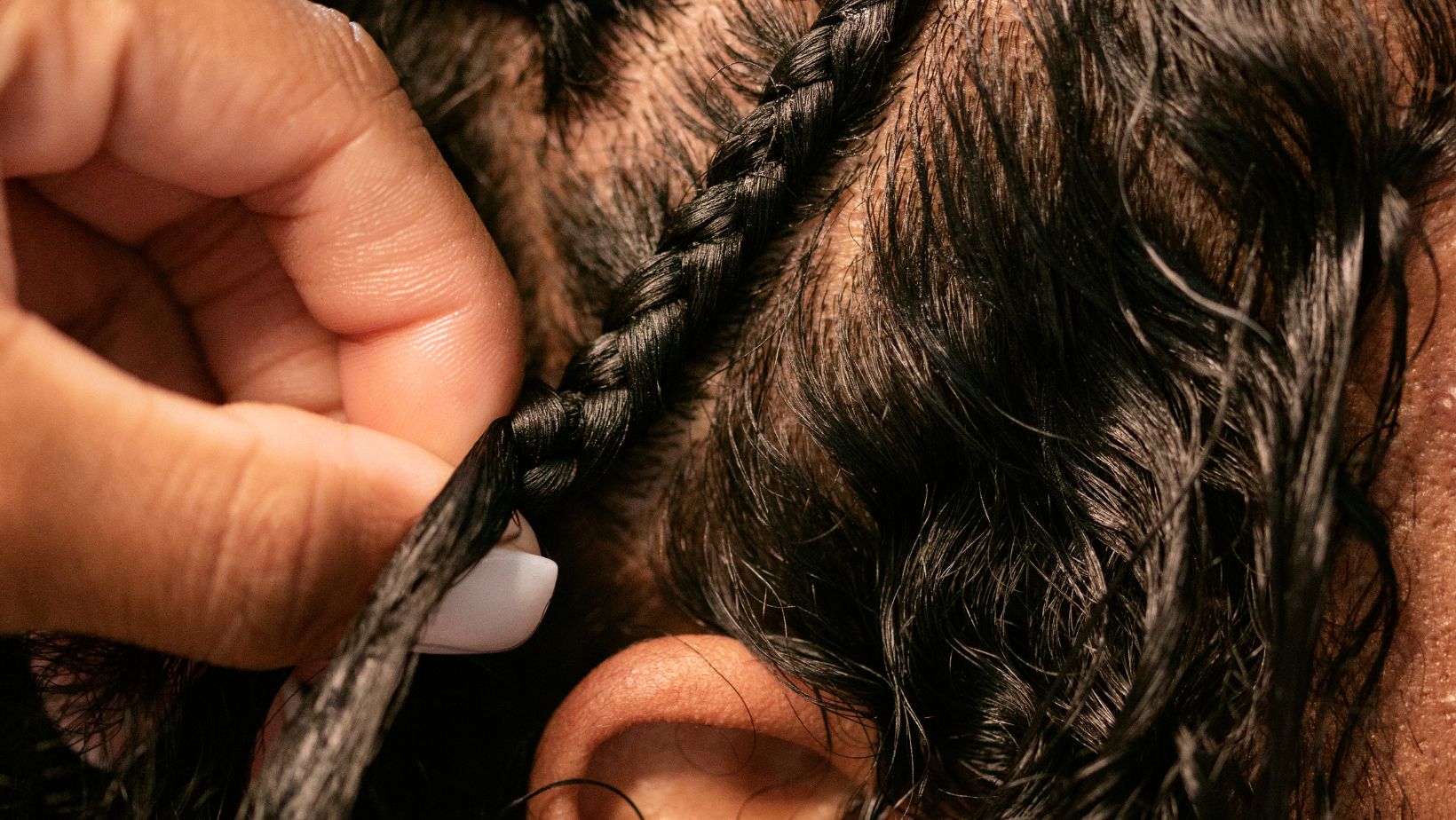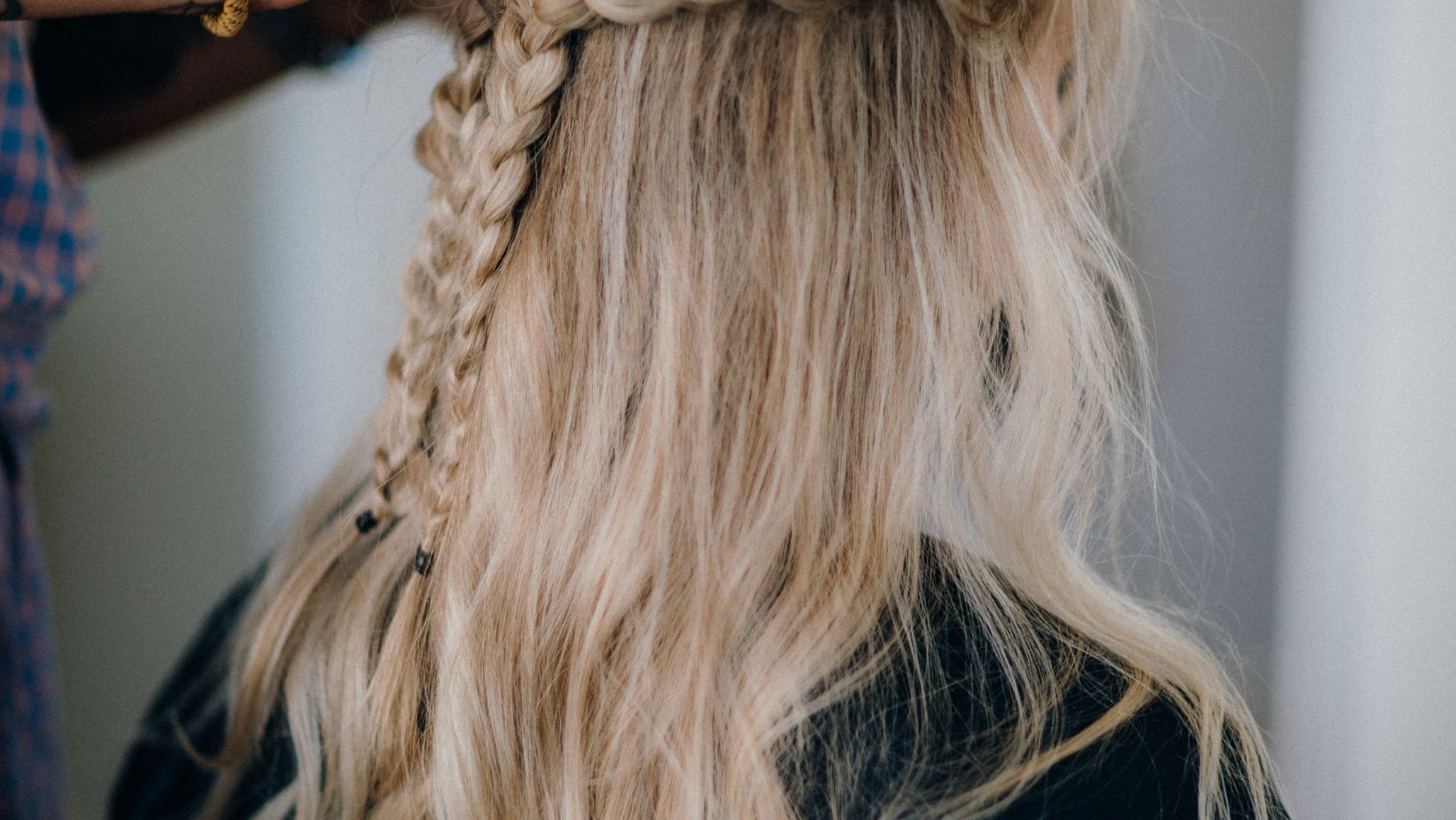What are Some Tips for Doing Straw Curls on Natural Hair

Straw Curls on Natural Hair
Looking to achieve stunning straw curls on your natural hair? You’ve come to the right place! As an expert in the field, I’ve gathered some valuable tips that will help you master this trendy hairstyle. Whether you’re new to straw curls or a seasoned pro, these tips will ensure that your curls turn out flawless every time.
Firstly, it’s important to prepare your hair before diving into the curling process. Start by thoroughly washing and conditioning your hair using products specifically designed for natural hair. This will provide a good foundation for styling and prevent dryness or damage. Once your hair is clean and conditioned, gently detangle it using a wide-tooth comb or your fingers to minimize breakage.
Next, section your hair into smaller parts for easier manipulation. Working with smaller sections allows for better control and ensures that each curl receives equal attention. Apply a lightweight leave-in conditioner or curl-enhancing product to each section before wrapping it around the straw.
When it comes to choosing the right straws, opt for those with a diameter similar to the size of curls you desire. Plastic straws or flexible rods can be used depending on personal preference. Take small sections of hair and wrap them tightly around the straws from roots to ends, making sure they are secure but not too tight. Use bobby pins or clips if necessary.
Preparing Your Hair for Straw Curls
When it comes to achieving beautiful straw curls on natural hair, proper preparation is key. Before diving into the curling process, there are a few important steps you should take to ensure optimal results. Here are some tips to help you prepare your hair for straw curls:
- Cleanse and condition: Start by washing your hair with a gentle cleanser that won’t strip away its natural oils. Follow up with a moisturizing conditioner to hydrate and nourish your strands. This will create a good foundation for the styling process.
- Detangle gently: Using a wide-toothed comb or your fingers, gently detangle your hair while it’s still damp from the conditioner. This will help minimize breakage and make it easier to section off your hair for curling.
- Apply a leave-in conditioner or heat protectant: To protect your hair from potential heat damage during the curling process, apply a leave-in conditioner or heat protectant spray evenly throughout your locks.
- Moisturize thoroughly: Natural hair tends to be more prone to dryness, so it’s essential to keep it moisturized before applying any styling products. Use a water-based moisturizer or leave-in conditioner to hydrate each section of your hair.
- Divide into small sections: Working with smaller sections makes it easier to achieve defined and uniform curls. Part your hair into multiple sections using clips or bands, making sure each section is manageable in size.
- Twist each section: Before wrapping the straws around your hair, twist each section tightly from root to tip. This helps create more defined curls as well as prevent frizz and tangling.

Choosing the Right Type of Straws for Straw Curls on Natural Hair
When it comes to achieving stunning straw curls on natural hair, choosing the right type of straws is crucial. Not all straws are created equal, and certain factors should be considered before diving into this styling technique. Here are some tips to help you select the perfect straws for your natural hair:
- Size Matters: The diameter of the straws will determine the size of your curls. If you desire tight and defined curls, opt for smaller-sized straws. On the other hand, if you prefer looser and more voluminous curls, go for larger-sized straws. Experiment with different sizes to find what suits your personal style.
- Material Choice: Straws come in various materials such as plastic or paper. Plastic straws tend to provide a sleeker and longer-lasting result, while paper straws offer a gentler option that may be preferred by those with delicate or damaged hair. Consider your hair’s texture and condition when deciding which type of straw material to use.
- Length Consideration: The length of your hair plays a role in determining the appropriate length of the straws you should choose. For shorter hair, shorter straws will work best to create defined curls without excessive bending or discomfort. Longer hair can accommodate longer straws for creating cascading curls.
- Flexibility Factor: Some types of straw curling techniques require flexibility in order to achieve desired results without causing breakage or damage to the hair strands. Look for flexible or bendable options that allow you to manipulate and shape your curls without unnecessary stress on your tresses.
- Accessibility and Budget: While there are specialty stores that sell specific curling rods designed specifically for straw curls, ordinary drinking straws can also do the trick at a fraction of the cost! Don’t feel pressured to invest in expensive tools if budget constraints are an issue – affordable and readily available straws can work just as effectively.
What's Your Reaction?
Deepak is a lover of nature and all things sporty. He loves to spend time outdoors, surrounded by the beauty of the natural world. Whether he's hiking, biking, or camping, Deepak enjoys being active and in touch with nature. He also loves to compete and push himself to his limits. Deepak is an avid cyclist, runner, and swimmer. He has competed in several triathlons and marathons, and is always looking for new challenges to take on.


